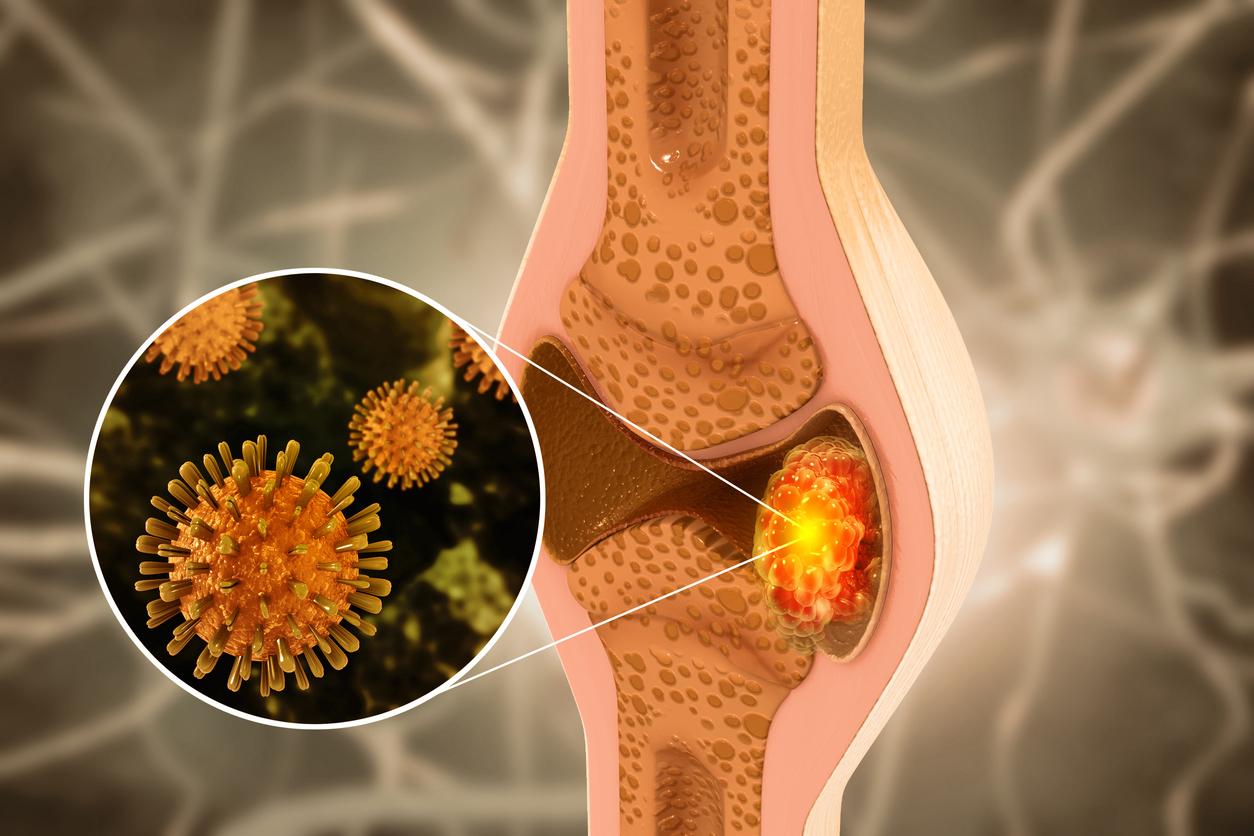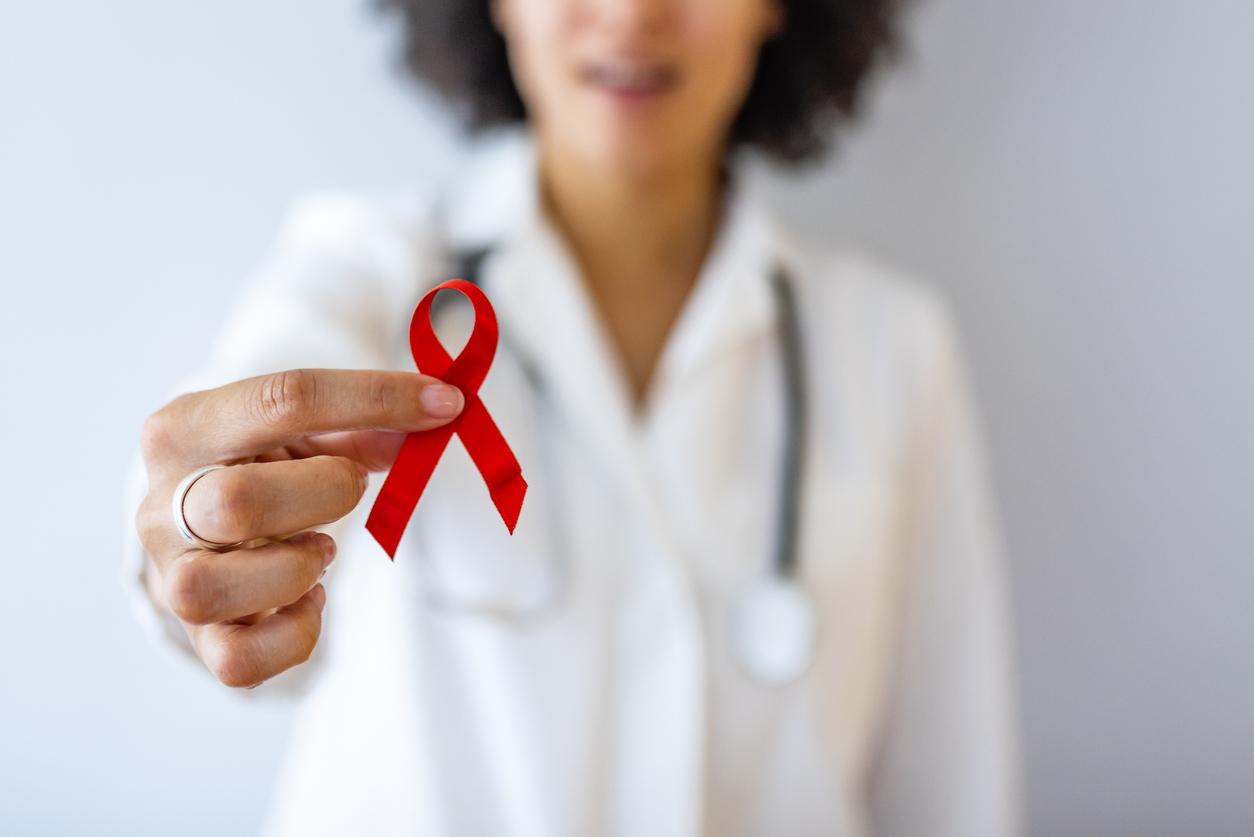On November 14, demonstrations will take place throughout France on the occasion of World Diabetes Day. Among the events organized, conferences, theater workshops or information stands on the disease but also free screening.

A veritable global epidemic. With 400 million patients in the world and a constantly increasing incidence, diabetes is today a real public health issue. According to French Federation of Diabetics, in the world, one in two people would be affected without knowing it. To be able to identify risks as early as possible in order to prevent and control them, the general public and health professionals must be informed. This is why, on the occasion of World Diabetes Day, local associations organize events to raise awareness on the subject. As every year since its creation in 1991, this day will take place on November 14 in 160 countries.
Among events planned in Francewhere 5.1 million people are affected by diabetes, meetings, conferences, theater workshops so that the patients or their entourage can testify to their experience through stagings and stands. For example, there will be stands on the importance of a balanced diet and regular physical activity, on visual impairment linked to diabetes or even free screening stands. These will be carried out using capillary blood glucose tests which can detect abnormal variations in blood sugar, symptomatic of diabetes.
Blood sugar dysregulation
There are two types of diabetes: type 1 diabetes and type 2 diabetes. The first, which is also called “lean diabetes”, affects approximately 10% of patients. It is caused by an autoimmune reaction that partially or completely destroys the beta cells of the pancreas that have the role of synthesizing insulin. Thus the pancreas no longer secretes or not enough insulin. This hormone is essential for the body to use blood glucose as an energy source. The disease often appears suddenly in children or young adults without anyone really knowing why (the genetic factor is possible). It is manifested by an excessive emission of urine, intense thirst and an abnormally increased appetite despite the thinness of the patients. They must regularly check their blood sugar and inject insulin several times a day, which greatly complicates life.
In patients with type 2 diabetes or fatty diabetes, the beta cells that make insulin malfunction. The latter cannot regulate sugar properly in the body, which leads to an increase in blood sugar. Type 2 diabetes can either have a genetic origin or occur, most often after the age of 40, in people who are overweight or obese, do not do enough physical exercise and/or have an unbalanced diet. Initially, the progressive disease is treated by hygieno-detetic measures. Then, the doctor prescribes antidiabetic treatments. If the insulin deficiency remains too great, insulin injections will then be offered. However, these treatments will only be effective if the patient associates them with a balanced diet and regular physical activity.
Regardless of the type of diabetes, the goal of treatment is to normalize blood sugar levels. Because repeated and prolonged hyperglycaemia leads to long-term damage to nerves and blood vessels. These complications can cause blindness, heart attacks, strokes, erectile dysfunction or even kidney failure.

.

















